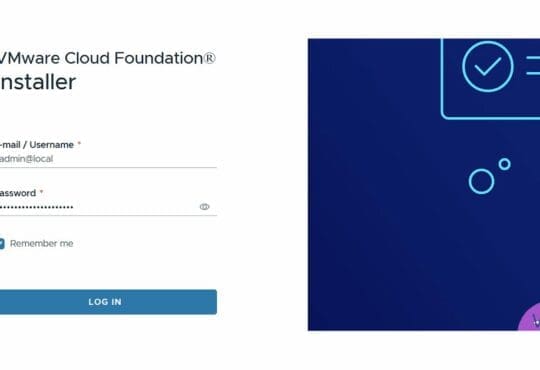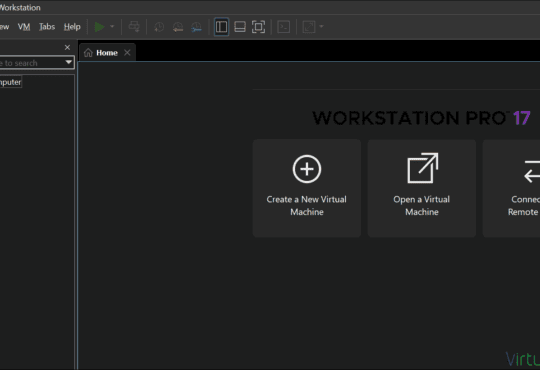Contents
VMware’s licensing landscape is seemingly changing on April 10, 2025. A new 72-core minimum per product will apply to purchases and renewals. Naturally, this price increase has stirred questions across the virtualization community. Who’s impacted? Let’s break it down, explore the effects, and consider what’s next.
The Change at a Glance
First, the basics need explaining. Previously, VMware licensing used a per-CPU model with a 16-core minimum. Now, a minimum purchase of 72 cores per product – like vSphere Standard or VMware Cloud Foundation (VCF) – set the floor. However, this isn’t per CPU; it’s per purchase order for each product edition. So, a server with a single 8-core CPU still requires more cores licensed. Distributor Arrow has been reportedly been working on updating customers with this new information.
Additionally, renewals come with a deadline. A 20% penalty is added to the first year’s subscription cost if the anniversary date is missed. Thus, timing matters more than ever. Meanwhile, partners are adjusting quotes to reflect the shift.
When does the new 16 to 72 core change come into effect? – April 10th 2025.
Small Businesses Feel the Pinch
Next, let’s look at small and medium businesses (SMBs). For them, the change alters the math. Picture a company with a 16-core server for basic virtualization. Before, 16 cores were licensed. Today, a vmware 72 core minimum is required, even if most go unused. Costs naturally rise as a result especially for vSphere Foundation.
Similarly, home labs and remote offices face adjustments. Often, these setups run on lower core counts. Now, they’re subject to the same core minimum. In contrast, larger organizations with bigger deployments see less proportional impact. Their core counts typically exceed the threshold already.
Speaking of big players, they’re less fazed. Typically, VMware Cloud Foundation (VCF) users—think private cloud giants – run core counts well above 72. For them, this shift aligns with Broadcom’s apparent strategy: cater to the heavy hitters. Indeed, Broadcom claims 70% of its top 10,000 customers have adopted VCF. Clearly, the focus is on enterprise wallets, not SMBs.
However, perpetual license holders get a breather. If support contracts remain active, they’re not forced to switch yet. Once those expire, though, the subscription model looms – with its 72-core catch. So, relief is temporary for some.
Enterprises Stay Steady
Speaking of scale, enterprises adapt more easily. Typically, VCF users running private clouds operate well above 72 cores. For them, the new minimum aligns with existing usage. Indeed, Broadcom notes 70% of its top 10,000 customers have embraced VCF. So, the shift suits their needs without much disruption.
Meanwhile, perpetual license holders get flexibility. If support contracts are active, no immediate switch is required. Once those lapse, though, the subscription model with its 72-core rule kicks in. Options remain open for now.
Sorting Out the Details
What does this mean for VMware licenses? There is some confusion here. Early chatter suggested 72 cores per CPU, but that’s been clarified – it’s per product per order. Yet, questions persist. Can cores be pooled across products to hit this number of? No, each product stands alone. Partners report varying interpretations, so clarity is still settling.
Furthermore, pricing specifics aren’t fully public. Exact figures depend on negotiations and editions, leaving some guesswork. Will smaller users adjust budgets, or explore other paths? That’s unfolding as we speak.
Broadcom’s Angle
So, what’s the thinking here? Broadcom seems to prioritize scale. By setting a 72-core floor, larger deals take center stage. Smaller transactions, while still possible, carry a different cost structure. Efficiency likely plays a role – fewer, bigger contracts streamline operations. It’s a business move, plain and simple.
Moreover, VMware’s role evolves. Historically, it served everyone from hobbyists to enterprises. Today, the emphasis tilts toward bigger players. That’s not a judgment – just a shift in focus. The virtualization space adapts as a result.
A Real-World Example
To illustrate, consider a small retailer. Two 12-core servers run vSphere Standard for inventory and POS. Previously, 24 cores were licensed. Now, 72 cores are needed, raising expenses. It’s a noticeable jump, but not a dealbreaker for all.
Conversely, a firm with 500 cores on VCF sees minimal fuss. The impact here is essentially nothing.
Wrapping Up
Ultimately, the 72-core rule redefines VMware’s audience. Smaller setups – SMBs, remote sites, labs – face higher costs. Enterprises, however, roll with it more smoothly. Your impact depends on scale. Under 72 cores? Budgets need review. Above it? Business as usual, mostly.
VMware’s journey under Broadcom continues. This is just one chapter – stay tuned for the next!
Subscribe!
If you’ve enjoyed this article, consider subscribing to my newsletter for more similar content.





